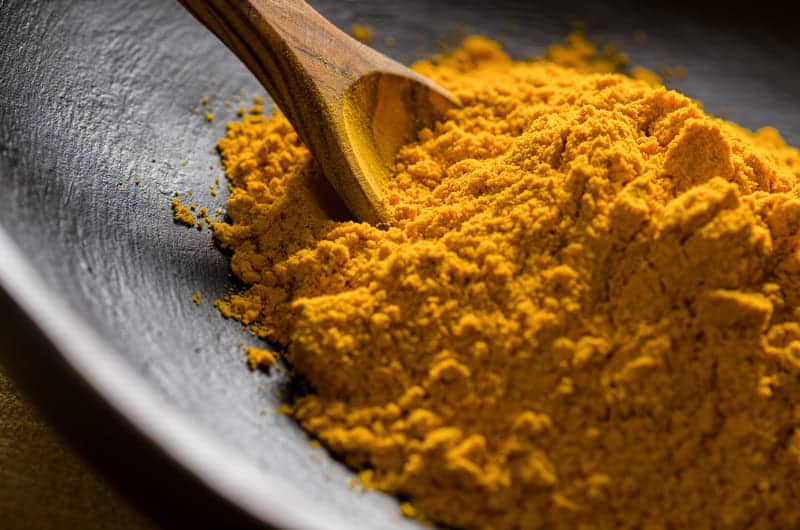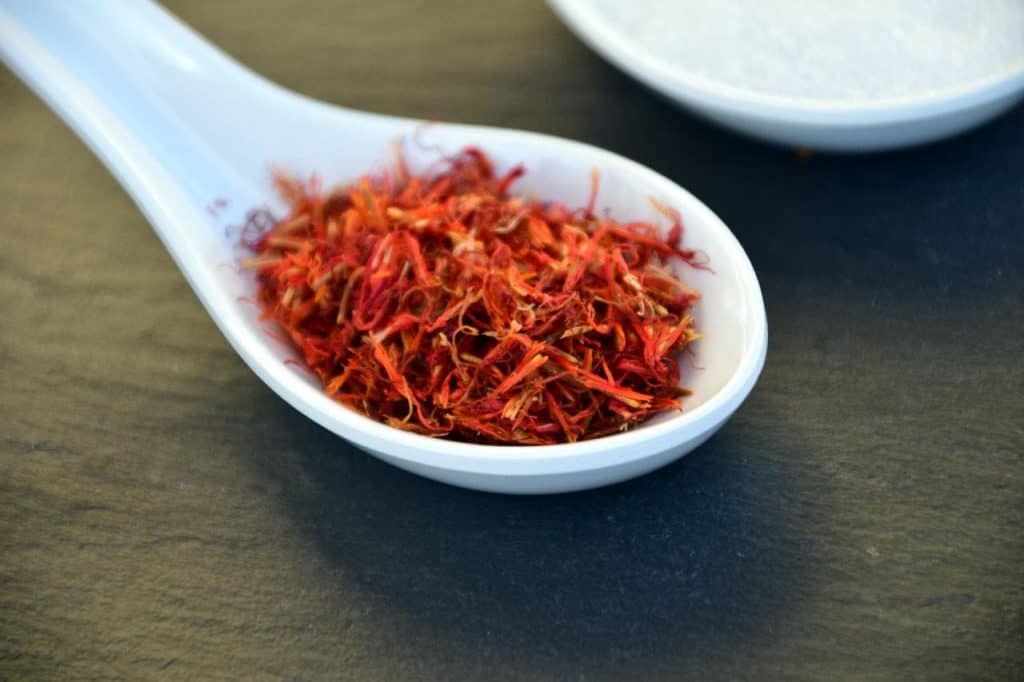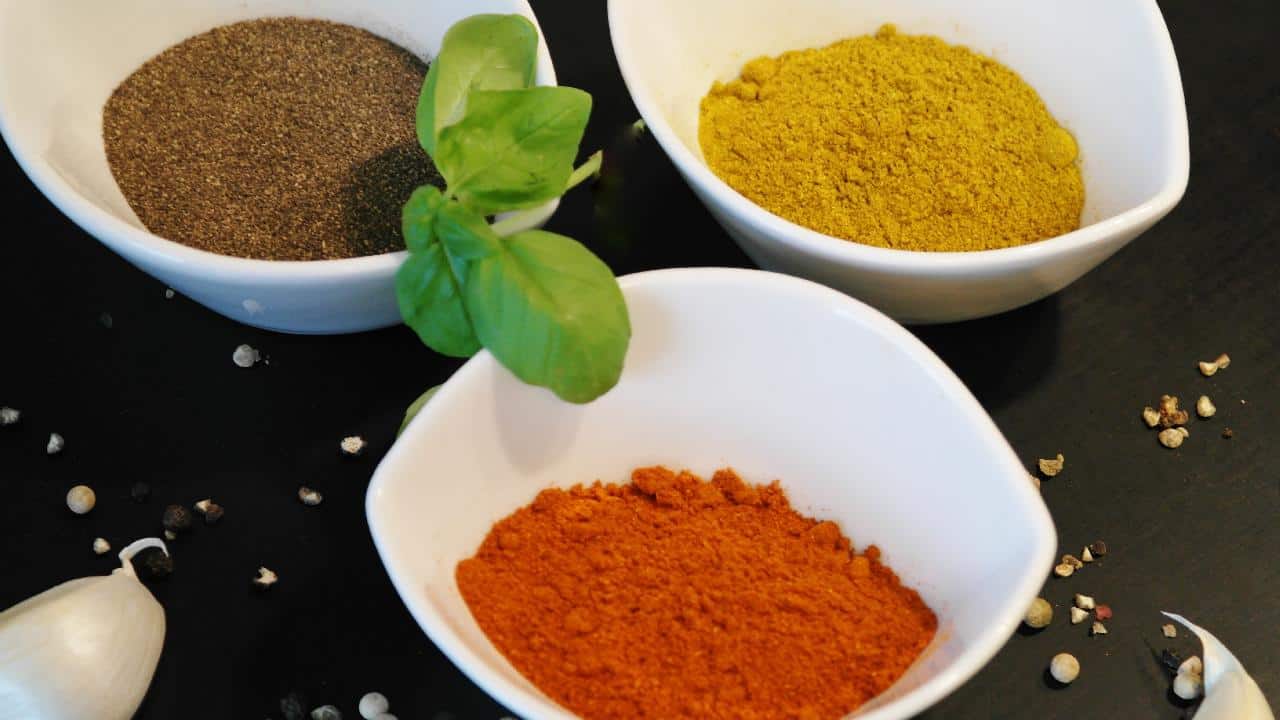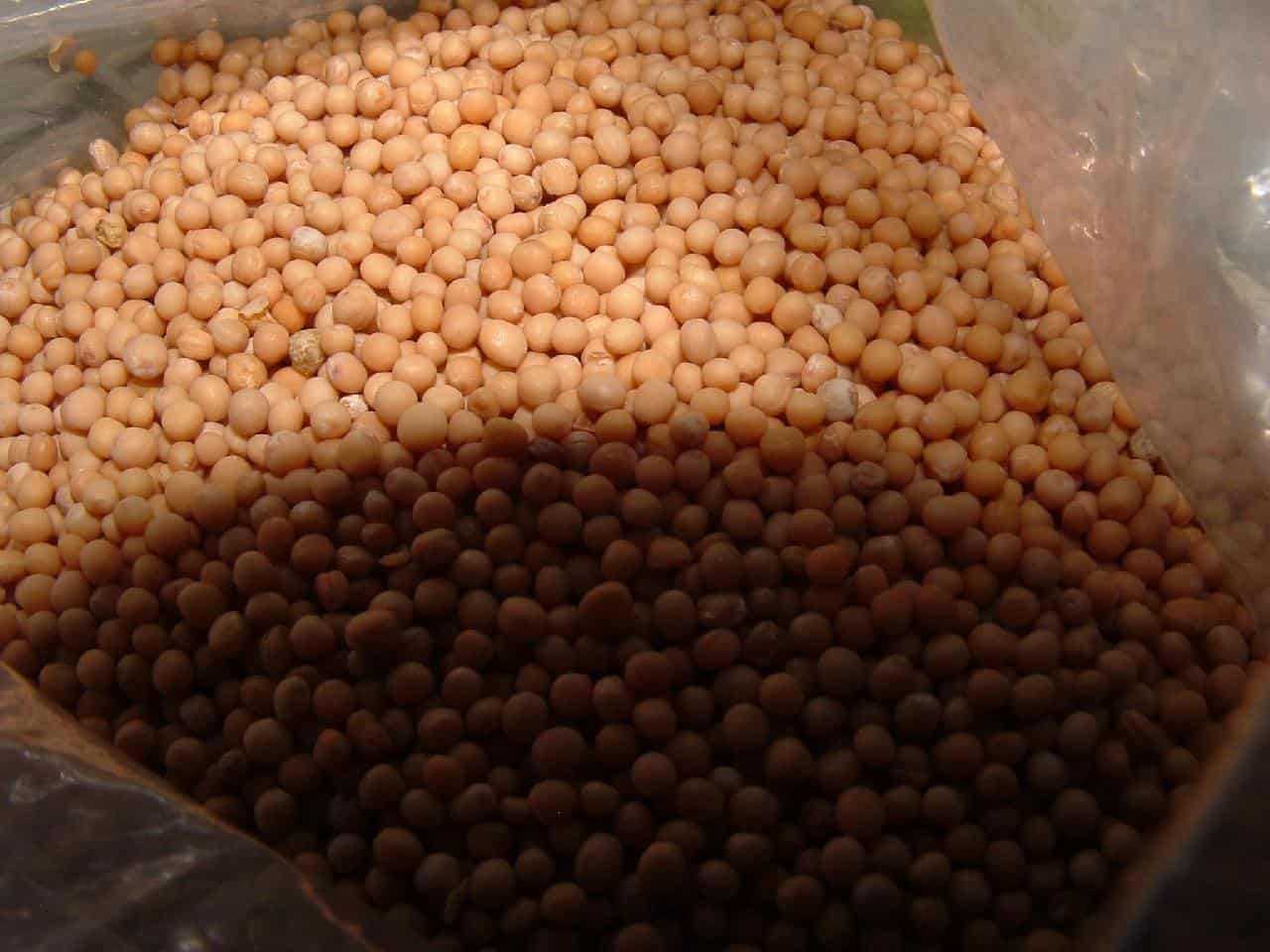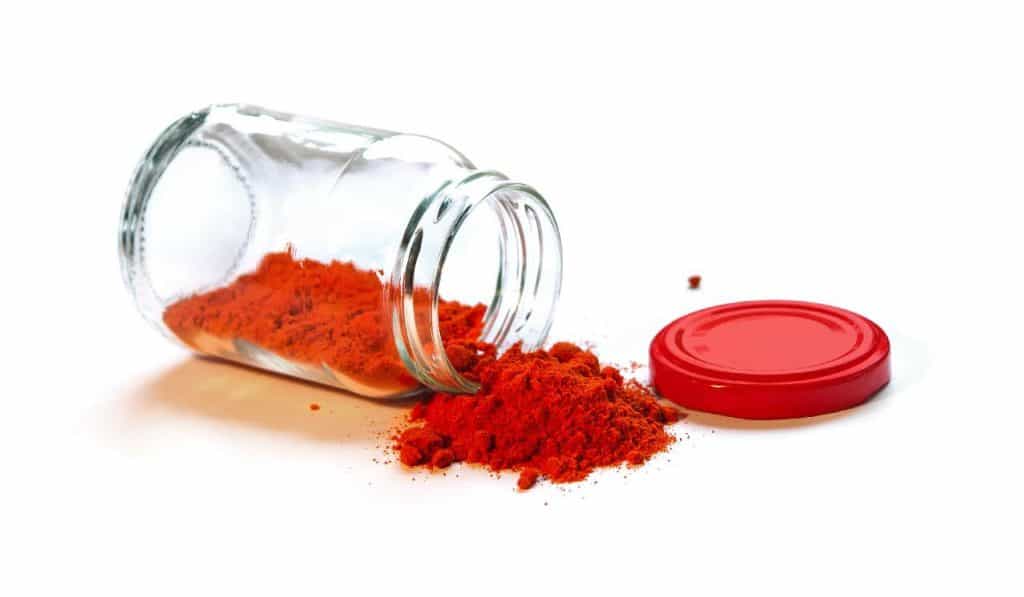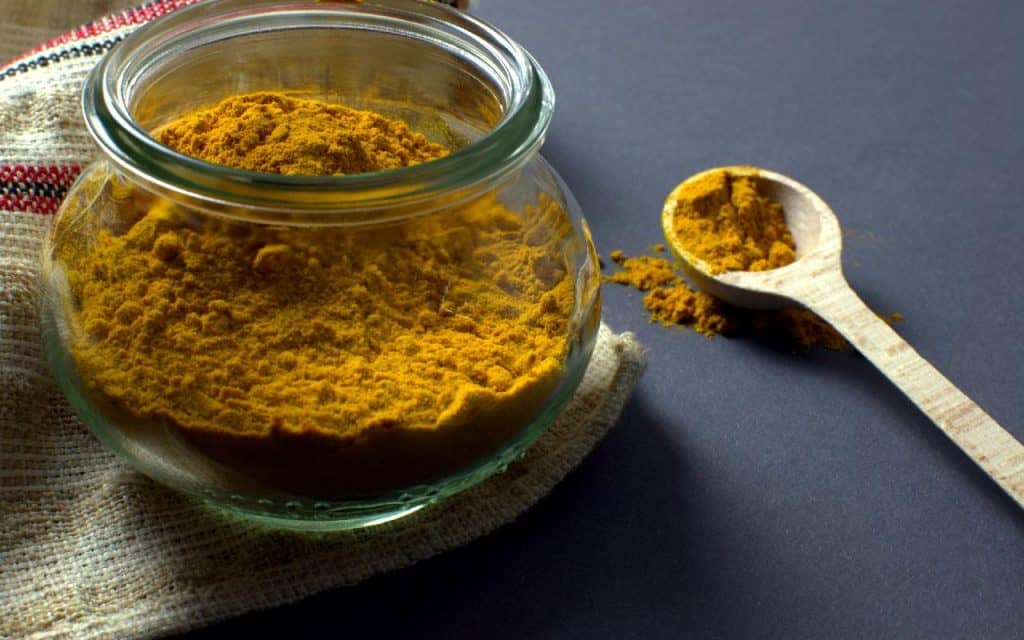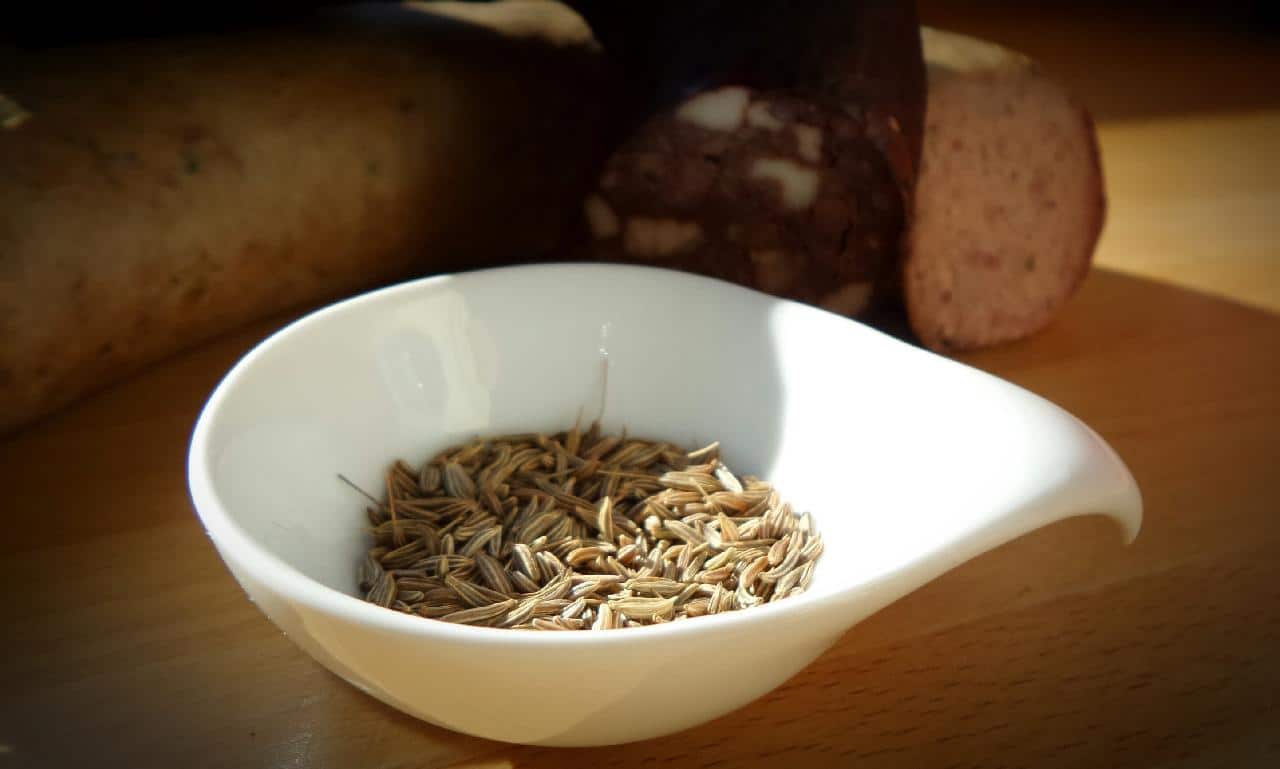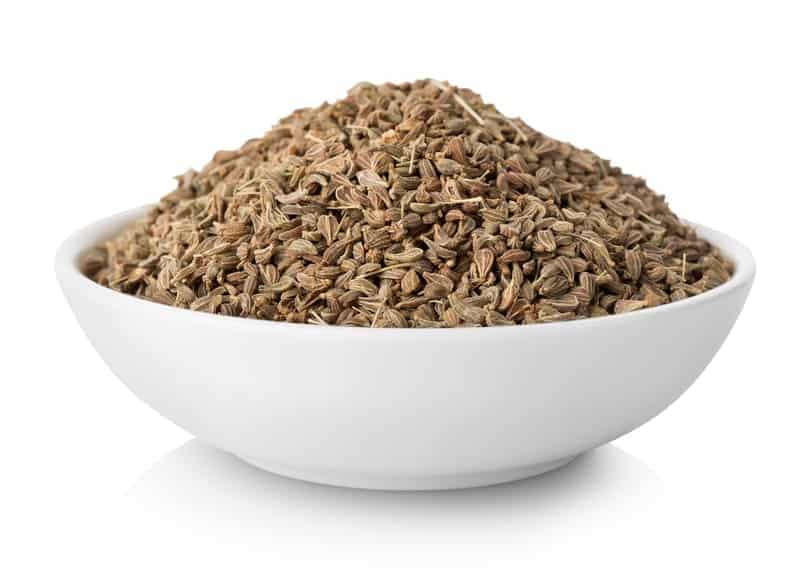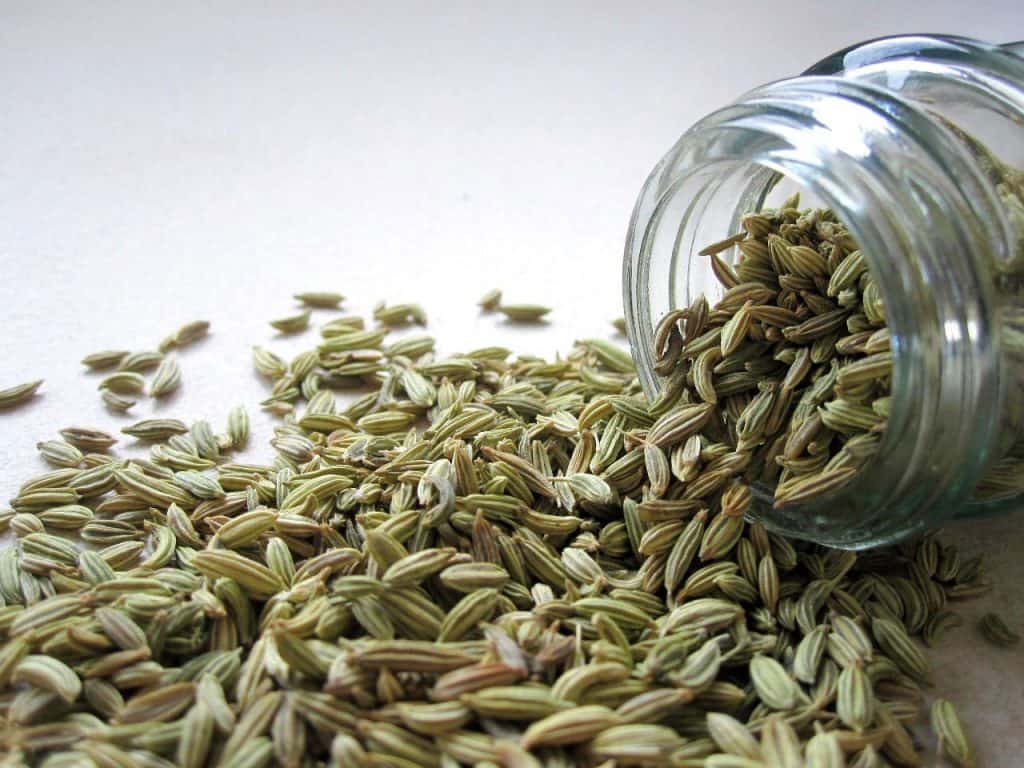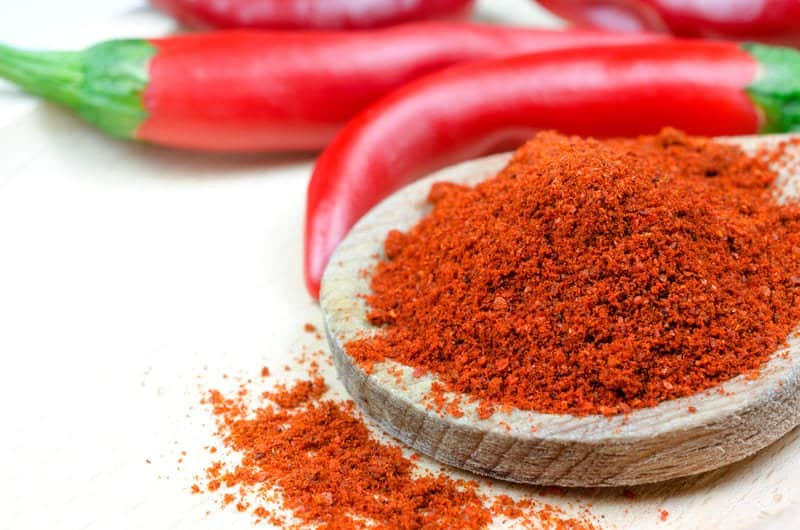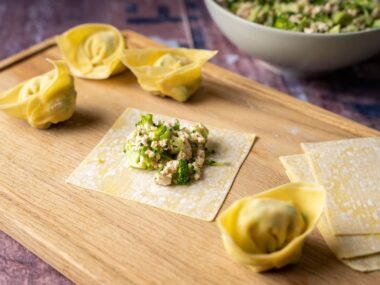Turmeric is a healthy ingredient that can be used in many recipes. It comes from the same family as ginger and has a bitter taste that could add a unique flavor to dishes.
This seasoning is popular in India but it became more common in cuisines worldwide as well. If you are missing it from your kitchen though, there is no need to worry. We put together a list of alternatives that will go great with your recipes.
The best substitutes for turmeric are saffron, Curry powder, Annatto seeds, Mustard seeds, Paprika, Turmeric paste, Ginger, Cumin seeds, Galangal powder, Anise seeds, and more.
Turmeric Substitutes
It is hard to find a seasoning with the same texture and benefits as turmeric. However, the next alternatives will save your recipes for sure.
1. Saffron
Saffron is the best substitute for turmeric due to the same color and slightly similar taste and texture. This seasoning will offer your food a yellow color similar to turmeric.
You can use saffron in rice as well as soups and different sauces not only for the color but also for its rich flavor. Saffron, however, has a sweet flavor that turmeric doesn’t have.
So you should use much less than you would use turmeric. For each teaspoon of turmeric go with half of teaspoon of saffron at most.
2. Curry powder
What makes curry such a great substitute for turmeric is that it includes turmeric as well as other ingredients. It will color your food in the same yellowish-orange tint as turmeric would but it has a much stronger flavor.
Another ingredient in curry powder is chilli so consider the fact that your dish will be spicier. Use a ratio of half a teaspoon of curry for each teaspoon of turmeric to maintain a balanced flavor.
3. Annatto seeds
Annatto seeds could also replace turmeric in a wide range of dishes. They have the same color as turmeric but the taste is different as well as the preparation.
You can’t just add Annatto seeds to your food. You will have to mix a quarter of a cup of these seeds with half a cup of vegetable oil of your choice. Leave this mix aside for up to ten minutes until the oil gets the orange color of the seeds. Then, add the mix to your food.
4. Mustard seeds
Mustard seeds are a tasty seasoning to add to your food. They will color your dish yellow and give it a distinct flavor. You might even like the flavor that comes from mustard seeds more than the turmeric one. However, keep in mind that mustard seeds have a stronger flavor. You want to use only a quarter of a teaspoon for every teaspoon of turmeric.
5. Paprika
Paprika can replace turmeric by itself or in a combination with mace. You can use this seasoning in any type of dish and there are many kinds of paprika to consider.
The flavor will be as strong as your paprika is and even stronger if you combine it with mace. So, taste your seasoning before adding it instead of turmeric. How much of this ingredient you add will be completely up to your taste.
6. Turmeric paste
If you don’t find your classic turmeric powder, you can always go for turmeric paste. It is easy to find in stores and even online. Even if this paste is similar to the turmeric powder, you will have to add more of it in order to get the same flavor.
Some recipes might need even double the quantity of turmeric paste. Thus, for one teaspoon of turmeric powder, add about 2 teaspoons of turmeric paste.
7. Ginger
As we mentioned, turmeric and ginger come from the same family. However, the ginger taste is stronger than the turmeric one. Ginger is spicy and that your food will taste completely different with this ingredient.
You can use ginger powder instead of turmeric mostly in cold dishes but it will go great in Asian cooked recipes as well. As far as the ratio goes, add only a pinch of ginger for each teaspoon of turmeric.
8. Cumin seeds
Cumin seeds can be found in curry powder as well. They can replace turmeric but they will not taste the same as the Indian seasoning.
You can add cumin seeds to all types of food and they will enrich the flavor nicely. Stick to the same ratio and add 1 teaspoon of cumin seeds for each teaspoon of turmeric.
9. Galangal powder
Galangal powder might not be as popular as the rest of the substitutes but it definitely is a good option. It will taste delicious in Indian dishes even if it will not change the color of the food.
The flavor is stronger than the turmeric one so use only half a teaspoon of this powder for every teaspoon of turmeric. Make sure you taste it beforehand to see if you like it in your food.
10. Anise seeds
Anise seeds are available in powder form and make a great turmeric substitute. They will give your dish a particularly sweet and earthy flavor without altering its color much. You can add the same quantity of anise seeds as you would add turmeric and expect your food to be very tasty. These seeds are great if you don’t like the turmeric flavor much.
11. Fennel seeds
Fennel seeds are greenish and tasty. And they will alter the color of your dish. If you don’t like turmeric, you can try fennel seeds.
You might be surprised by their earthy and slightly sweet taste. Add half a teaspoon of fennel seeds for each teaspoon of turmeric as you don’t want your dish to be too sweet.
12. Sweet pepper powder
Last but not least try sweet pepper powder. You can find this powder in most stores and it has a sweet pepper taste without any spicy flavor in it. It will change the color of your dish but not the flavor. This powder is usually red in color so you will not get a yellow tint but your food will turn out delicious. Use as much as you like it instead of your turmeric.
FAQs
Can I use paprika instead of turmeric?
As we stated, paprika can be a good alternative to turmeric. However, it shouldn’t be your first option, especially if you go for spicy paprika.
You can find sweet paprika as well as spicy paprika out there and you should pick the one that goes best with your recipe. Tasting it before using it will give you an idea of how much of it you should add to your food, according to your preference.
Is cumin the same as turmeric?
Cumin is not the same type of seasoning as turmeric. However, you can replace turmeric with cumin and vice versa in a variety of dishes. If you use one instead of another, it is important to know that the flavor will be completely different as well.
Cumin has a sweet and earthy flavor that you will not find in turmeric and it is a seasoning of the Mediterranean and not the Indian one. Turmeric has a very mild taste and might not even alter the way your food tastes by the time you are done cooking it.
It is mostly used for its benefits to reduce cholesterol and improve blood circulation as well as for the color it can give to your food. Cumin has its health benefits as well as it improves muscle health and prevents gas. However, it cannot turn the food yellow as turmeric can.
What does turmeric taste like?
Turmeric has an earthy taste that might not be noticeable in all dishes. However, the more you add, the more bitter your food will taste. If you add it to rather bland dishes such as rice, you will also notice a slightly peppery flavor as well as a mild spicy one. If you add only a teaspoon of it, chances are that all you will notice is the yellow color this seasoning offers your food.
Let’s Spice it Up
Turmeric can be a significant ingredient in your food but that doesn’t mean that you can’t cook without it. You can use any of the alternatives in this guide to make a mouth-watering dish even without this Indian seasoning. Try them and see which one works best for you.
